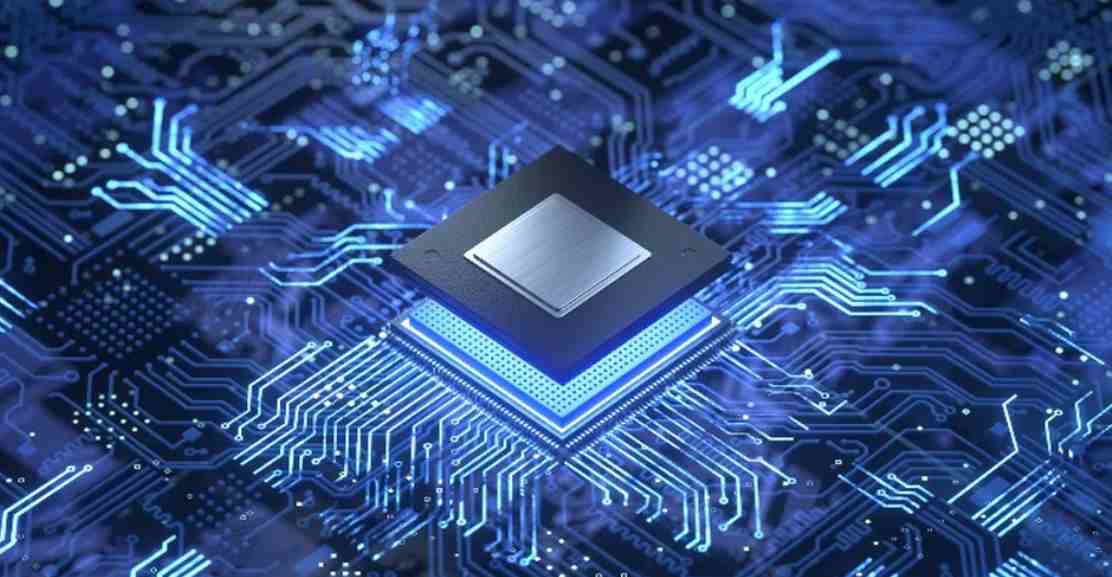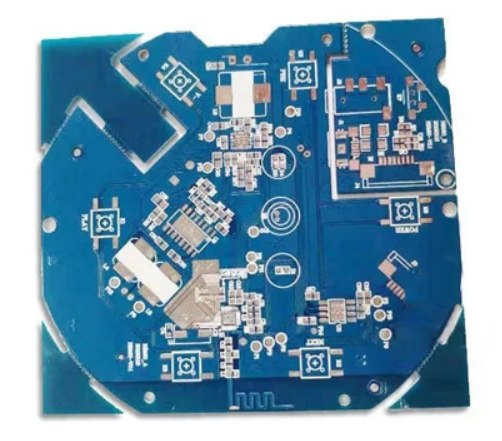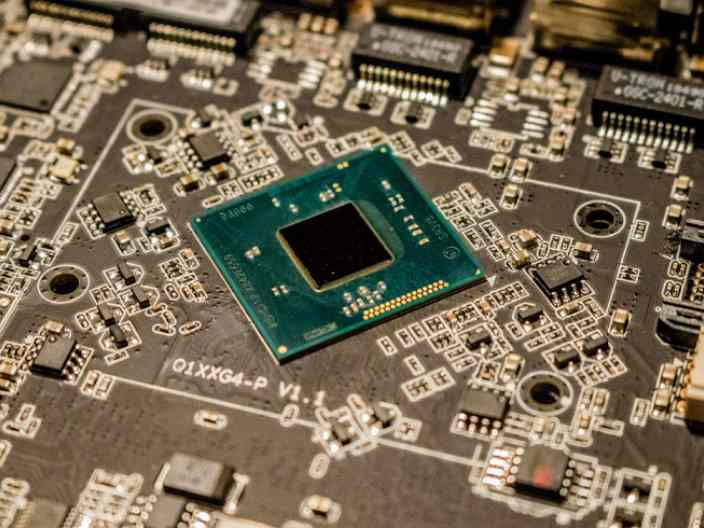
The PCB(Printed Circuit Board) is an important electronic component, the support body of electronic components, and the carrier of electrical connection of electronic components. Its inventor was an Austrian named Paul Leisler, who used a printed circuit board in a radio device in 1936. In 1943, the Americans used the technology in large numbers in military radios. In 1948, the United States officially approved the invention for commercial use. On June 21, 1950, Paul Essler patented the invention of the PCB circuit board, exactly 60 years to the day.
The man known as the "father of the PCB" has a wealth of life experience that few of his colleagues in the field of printed circuit boards are familiar with.
In fact, Essler's life story, as described in his autobiography, My Life and Printed Circuits, is a mystery novel, full of persecution.
Eisler was born in Austria in 1907 and graduated with a bachelor's degree in engineering from the University of Vienna in 1930. He was already showing his genius as an inventor. But his first goal was to find a job in a non-Nazi land. But his circumstances led the Jewish engineer to flee Austria in the 1930s, so in 1934 he took a job in Belgrade, Serbia, designing an electronic system for trains that would allow passengers to record personal notes through headphones, like iPods. But, at the end of the job, the client provides food, not payment currency. Therefore, he had to return to his native Austria.

Back in Austria, Eisler contributed to newspapers, started a radio magazine, and began learning printing techniques. Printing was a powerful technology in the 1930s, and he began to imagine how printing could be applied to electrical circuits on insulated bases and put into mass production.
In 1936, he decided to leave Austria. He was invited to work in Britain based on two patents he had already filed: one for recording graphic impressions and the other for stereo television with vertical resolution lines.
He sold his television patent for 250 francs, which was enough to stay in a Hampstead flat for a while, which was a good thing because he could not find work in London. One telephone company really liked his idea of printed circuit boards -- it would eliminate the bundles of wires used in telephone systems.
With the outbreak of World War II, Eisler began looking for ways to get his family out of Austria. When the war began, his sister committed suicide and he was detained by the British as an illegal immigrant. Even locked up, Eisler was still thinking about how to help the war effort.
After his release, Eisler went to work for the music printing company. Initially, his goal was to perfect the company's drawing and music typewriter, working not in a lab but in a bombed-out building. The company's boss, H.V. trong, forced Eisler to sign all the patents that appeared in the research. It wasn't the first or last time Eisler was taken advantage of.
One of the troubles with a military career was his status: He had just been released. Still, he went to a military contractor to discuss how his printed circuit board could be used in war.
Through his work at music printing company, Eisler developed the concept of using etched foils to record traces on substrate. His first circuit board looked more like a plate of spaghetti. He applied for a patent in 1943.
No one took the invention seriously until it was used as a fuse to shoot down V-1buzz bombs. After that, Eisler got a job and a little fame. After the war, the technology spread. In 1948, the United States mandated that all airborne instruments be printed.
Eisler's 1943 patent was eventually divided into three separate patents: 639111(three-dimensional printed circuit board), 639178(foil technology for printed circuits), and 639179(powder printing). The three patents were issued on June 21, 1950, but only a few companies were granted them.
In the 1950s, Essler was used again, this time while working for Britain's National Research and Development Corporation. The group essentially gave away Eisler's U.S. patents. But he continued to experiment and invent. He came up with ideas for battery foil, heated wallpaper, pizza ovens, concrete molds, defrosting rear Windows, and more. He had a successful medical career and died in 1992 with dozens of patents. He received the Nuffield Silver Medal from the Institute of Electrical Engineers.







